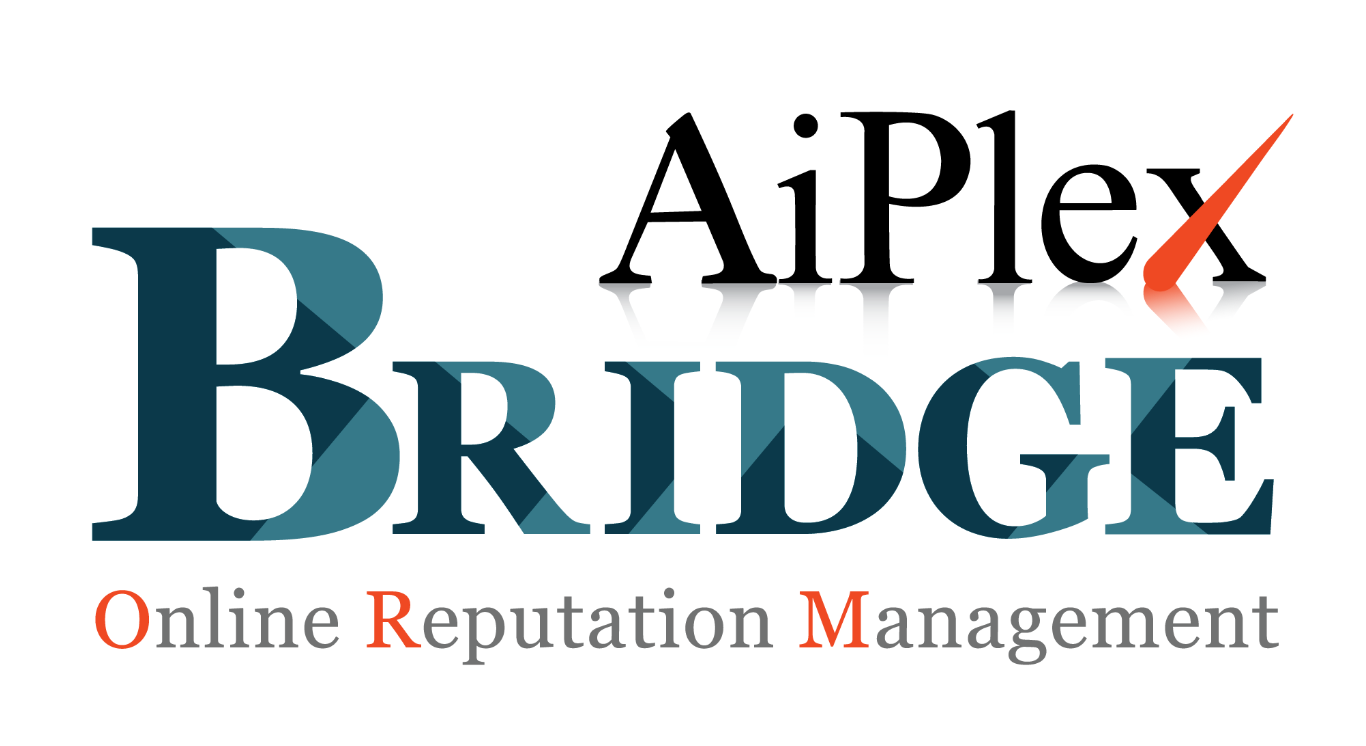A recent case highlights the poisonous domain of scams in the huge world of online purchasing, with an innocent person falling prey to one of them. The fraudulent website looked the same as the authentic website, offered incredible price reductions on electronic goods. The victim fell for the complex scam, lured in by a 70% discount offer, only to find out two days later that the website had disappeared, leaving a trail of financial loss and treachery.
Repercussions of the Scam:
These kinds of con games hurt the real brand as well as the customer. When consumers fall prey to fraud, they not only risk losing money but also suffering emotional harm. Conversely, respectable companies incur reputational harm when angry customers, who are oblivious to the fraud, air their grievances on social media, damaging the company’s reputation.
Safeguarding Consumers:
Customers need to be careful for their own protection. In addition to alluring incentives, they ought to confirm the authenticity of a website by looking for:
- Options for cash on delivery
- SSL certificates on the brand’s official website or social media presence (albeit not infallible, they can serve as a first indication)
- Customers should also be on the lookout for countdown pressures and swiftly report scams to the appropriate authorities.
Safeguarding Brands:
Proactive steps are essential for authentic brands to lessen the impact of these scams:
- Keep an eye out for phoney accounts and websites that mimic the brand on social media.
- Create a clear line of contact to quickly handle customer complaints.
- Work together with cybersecurity professionals to quickly identify and stop fraudulent activities.
How To Take Down A Fake Website:
Document the Evidence:
Collect evidence that the website is fraudulent. Take screenshots of the website, noting any false or misleading content.
Record the URL, domain registration details, and any other pertinent information.
Identify the Hosting Provider:
Use online tools to find out the hosting provider of the fake website. You can use WHOIS lookup tools to get information about the domain registration.
Report to the Hosting Provider:
Contact the hosting provider and provide them with evidence of the fraudulent nature of the website. Most hosting providers have an abuse or legal department that deals with such issues. Include all relevant details, such as the URL, domain registration information, and the specific content that violates their terms of service.
Contact the Domain Registrar:
If the website is using a domain name, you can contact the domain registrar to report the fraudulent activity. Provide them with evidence and request that they investigate and take appropriate action.
Report to Law Enforcement:
If the fake website involves illegal activities, such as phishing or fraud, report it to your local law enforcement agency. Provide them with all the evidence you have gathered.
Use Online Reporting Platforms:
Report the fake website to relevant online platforms that track and take down malicious websites. Organisations like Google, Microsoft, and others have tools for reporting phishing and other online scams.
Community Awareness:
Raise awareness in online communities about the fake website to prevent others from falling victim to the scam. Report it on social media and relevant forums.
Consult Legal Advice:
If the fake website is causing significant harm or if you encounter legal obstacles, consult with a legal professional to understand your options and get advice on how to proceed.
If you need professional help, you could avail Brand Rights Enforcement by Aiplex Bridge – a comprehensive service specialising in the removal of fake websites and social media accounts that imitate legitimate brands. Learn more about Aiplex Bridge and fortify your brand’s online presence today.

